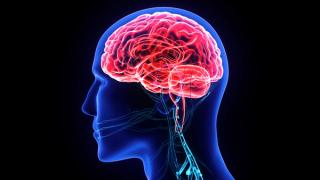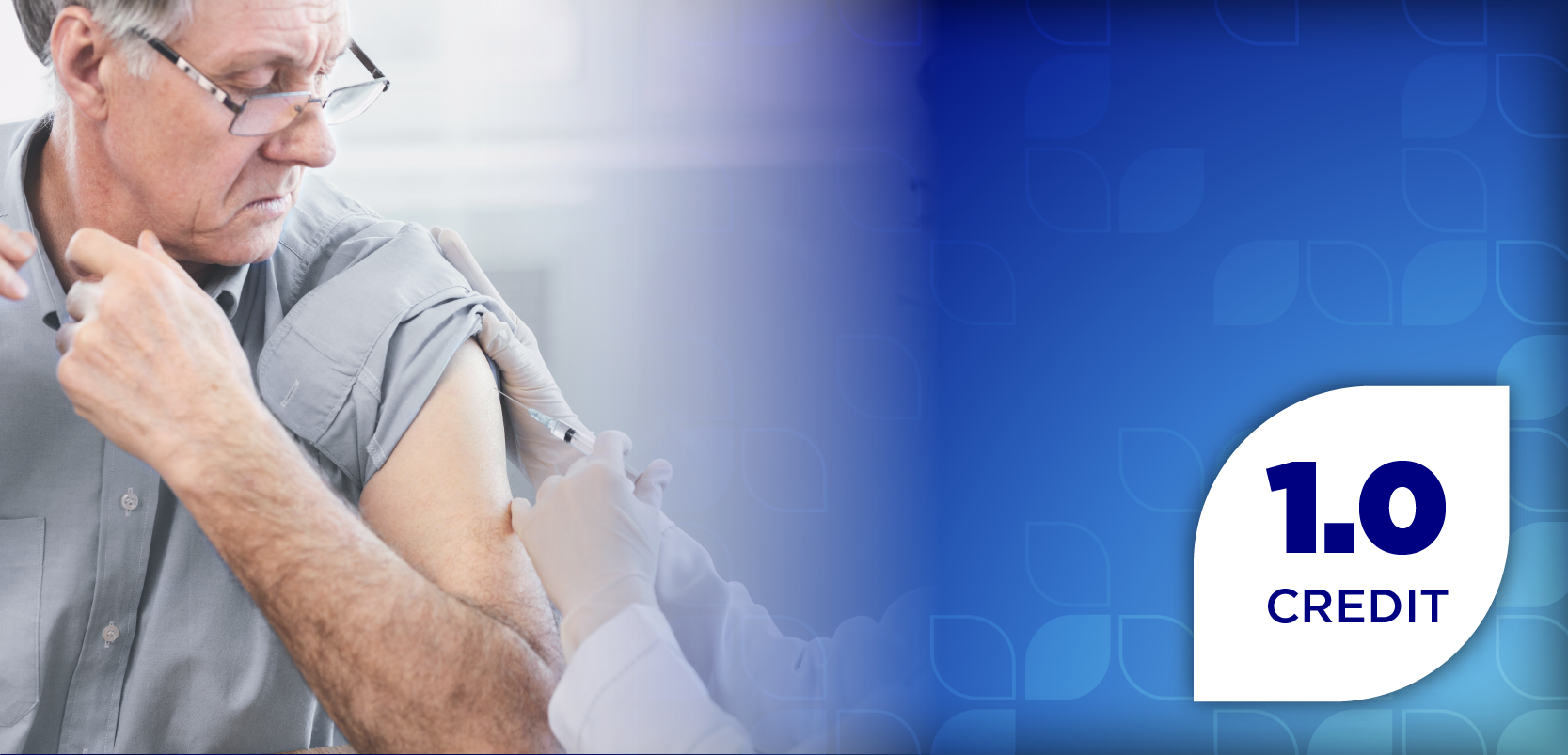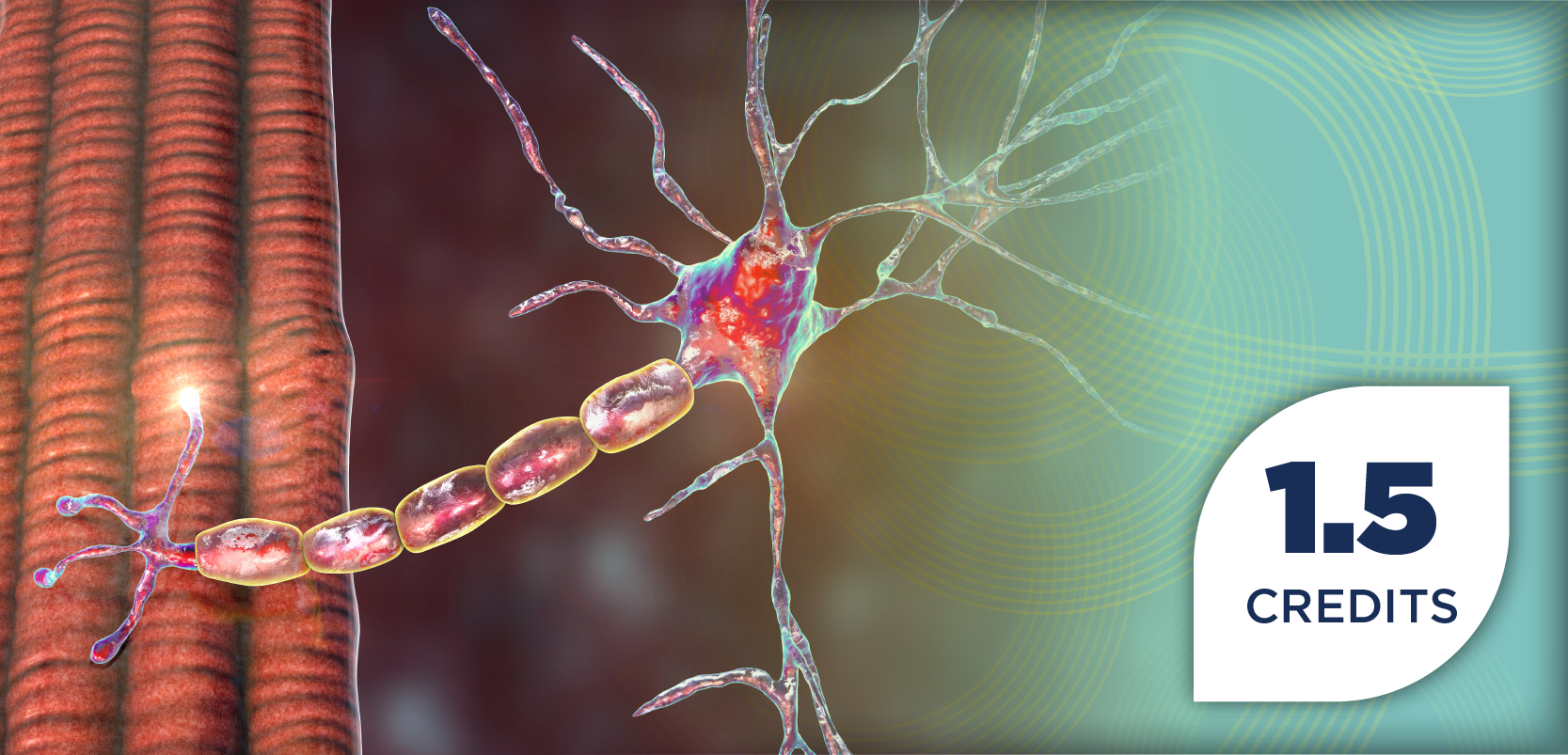
Neurology
Latest News
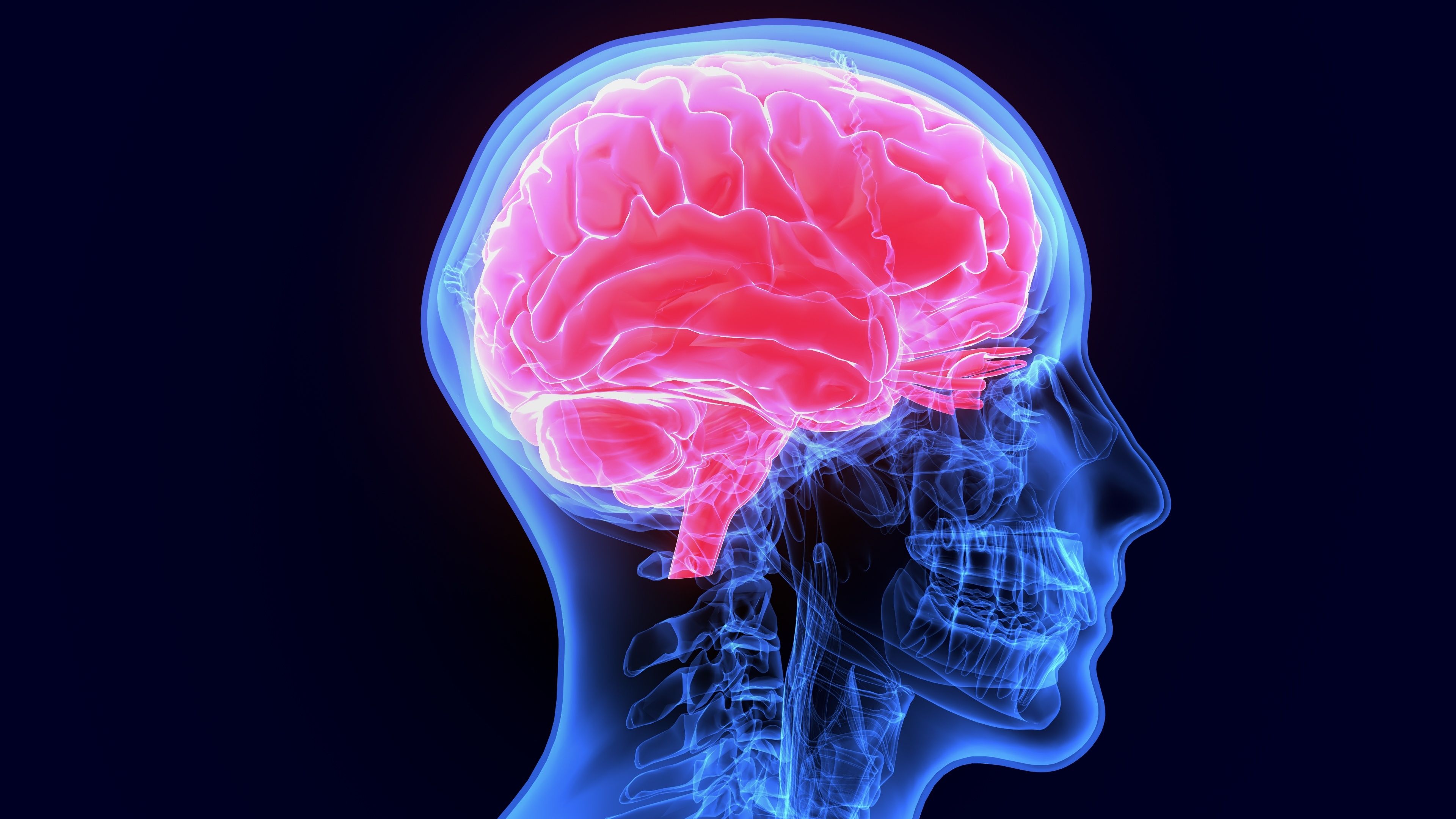
Latest Videos

CME Content
More News

Although this data seems to overwhelmingly suggest that cannabis use has negative impacts for individuals with multiple sclerosis (MS), listening to patients’ reasoning for using it is crucial.
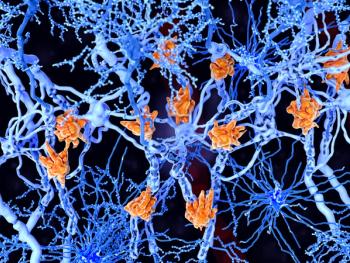
Subcutaneous ocrelizumab can be delivered in approximately 10 minutes and deliver comparable clinical benefit and safety to the IV formulation.

Although resources were scarce for teams at smaller private practices, the pharmacists all agreed that patient care is always the priority.
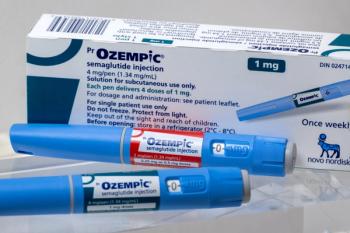
Data have shown the potential for the therapy to treat several new conditions.

The results showed that individuals treated with milvexian had a prolonged aPTT in a dose-dependent manner with limited effects of PT.
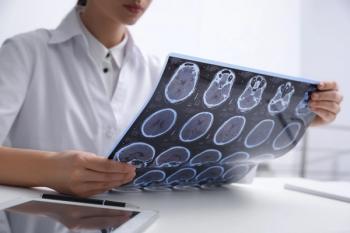
The results also showed that the PET scans could show damage to the individual’s brains, which was correlated with disability and fatigue.
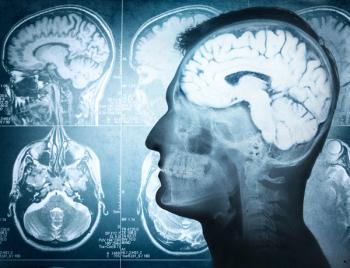
According to the speaker, the complexity of immune-related adverse events resulting from immune checkpoint inhibitors requires a lot of collaborative discussion between patients and providers.

Speakers in a presentation discuss a specific patient with MS who experienced urinary complications and the methods used to treat her.
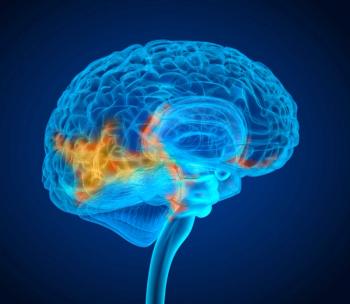
Tovorafenib is the first systemic therapy to be approved for the treatment of pediatric patients who have low-grade glioma with BRAF rearrangements or fusions.

With migraine as a leading disability for those under the age of 50, treatment options for migraine should be personalized to the patient and their needs.

Frexalimab demonstrated a favorable tolerability profile after approximately 1 year of treatment for individuals with relapsing disease.

Ofatumumab (Kesimpta; Novartis) demonstrated a sustained efficacy as a first-line, continuous treatment for patients recently diagnosed and treatment-naïve with relapsing multiple sclerosis.

Speaker Monica Diaz describes the detrimental impact climate change has on the transmission and increases in infectious disease cases.
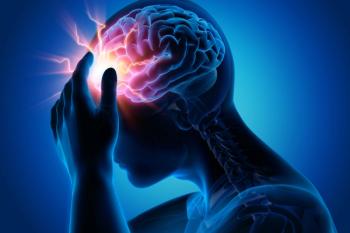
The extension trial of atogepant demonstrated an 8.5-day improvement of monthly migraine days at weeks 13 through 16 and no new safety signals were observed.

In addition to oral administration, patients with partial-onset seizures can now take the antiseizure medication via a nasogastric tube if the tablet is crushed and mixed with water.

Linking strong anticholinergic medications to increased risk of dementia in older adults

Potential for integration into care and future advancements for gaps in current schizophrenia treatments

Although there are medical considerations for patients with psychiatric conditions, prescribers must consider patient preference to increase adherence and effectiveness of contraception.

New approaches for treating all schizophrenia symptoms by modulating dopamine and glutamate in non-traditional ways.

Data for generalized anxiety disorders and cannabis use is scarce, but pharmacists can help educate patients on potential benefits and risks of cannabis usage.

Developments in glycine transporter type 1 inhibitors, D-amino acid oxidase inhibitors, and phosphodiesterase inhibitors are pushing schizophrenia research forward.

Despite the positive results demonstrated in a prior phase 2 trial, AMX0035 failed to meet the phase 3 trial’s primary end point in treating patients with amyotrophic lateral sclerosis.
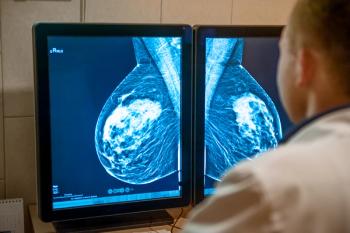
The recent ODD for the utidelone injectable could offer another treatment option for patients with BCBM.
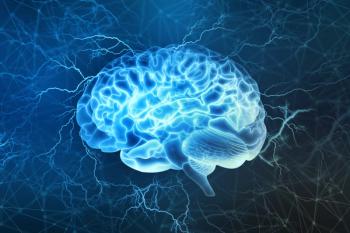
Investigators found that mRNA technology for the delivery of antibody therapeutics were used to target tau in Alzheimer disease and can be applied to other tau targets.

The results displayed a dramatic reduction in the individuals’ tumors within days after single treatment.





